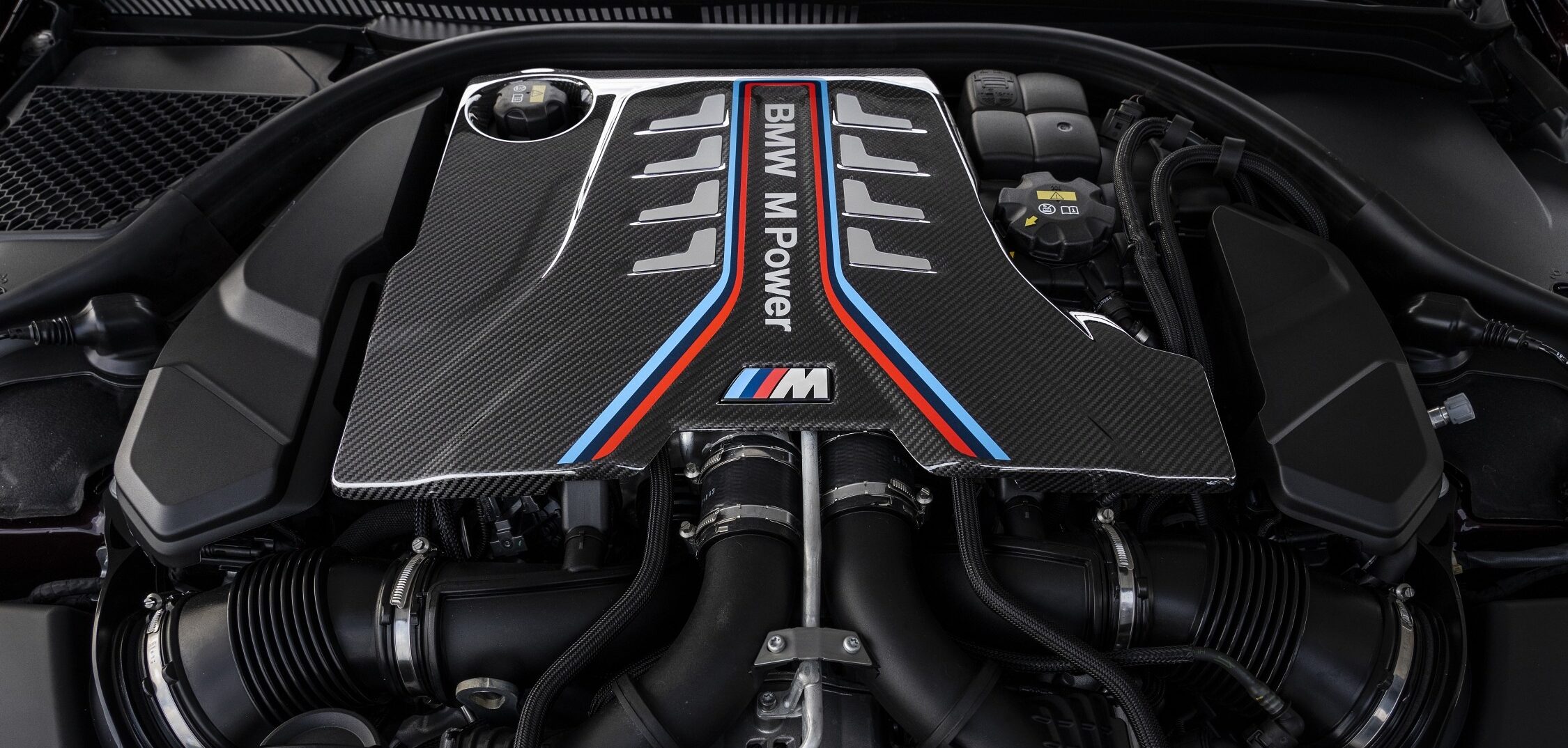From Concept to Fact: A Thorough Exam of the Design Marvels Driving Automotive Powertrain Advancements
In the realm of vehicle design, the intricate web of advancements driving powertrain evolution is a compelling narrative that unfolds with accuracy and development. bmw engine. From the conceptualization of sophisticated technologies to their understanding in substantial vehicle powertrains, a journey filled with design wonders awaits expedition.
Evolution of Internal Burning Engines
The advancement of inner burning engines has been a pivotal element in the advancement of vehicle powertrains. From the very early styles of the late 19th century to the sophisticated engines of today, the trip of inner burning engines has been marked by continuous innovation and improvement. The basic concept of these engines remains the controlled combustion of fuel within a confined space to produce mechanical power. For many years, improvements in materials, producing methods, and digital controls have actually significantly enhanced the performance, performance, and environmental kindness of internal combustion engines.
One of the vital milestones in this advancement was the development of gas shot systems, which changed carburetors and enabled a lot more accurate control over the fuel-air blend. Looking ahead, continuous study and advancement efforts are concentrated on alternative gas, hybridization, and electrification to drive the development of interior combustion engines in the direction of also greater effectiveness and sustainability.
Increase of Electric Propulsion Systems
In the realm of automotive design, a remarkable shift in the direction of electrical propulsion systems is currently reshaping the landscape of car powertrains. bmw engine. Electric propulsion systems, mostly driven by innovations in battery innovation and ecological problems, are coming to be progressively common in the vehicle industry. These systems use many advantages over typical inner burning engines, consisting of greater performance, reduced exhausts, and improved performance capacities

As automakers remain to buy study and growth, electrical propulsion systems are anticipated to become even a lot more extensive and advanced. The change towards electrification stands for a zero hour in automobile background, signifying a significant departure from standard burning engine modern technology towards a more reliable and lasting future.

Improvements in Hybrid Powertrains
With the growing demand for even more fuel-efficient and eco-friendly cars, advancements in crossbreed powertrains have actually come to be a prime focus in the automobile industry's quest of sustainable transport solutions. Crossbreed powertrains integrate typical inner burning engines with electric propulsion systems, offering boosted fuel efficiency and minimized exhausts contrasted to standard vehicles.
One trick advancement in crossbreed powertrains is the development of plug-in crossbreed electric automobiles (PHEVs) These lorries can be charged from an exterior source of power, permitting expanded electric-only driving arrays. Additionally, improvements in regenerative braking systems have enhanced the effectiveness of hybrid vehicles by transforming kinetic power during stopping into electric power to recharge the battery.
Additionally, car manufacturers are increasingly concentrating on maximizing the assimilation of hybrid powertrains with innovative transmission systems to better improve total efficiency and efficiency. Using lightweight materials and progressed control systems has additionally contributed to making hybrid powertrains much more compact and effective. On the whole, the continuous improvements in crossbreed powertrains are paving the means for an extra sustainable future in the automotive industry.

Integration of Software Application and Connectivity
Advancing the automotive market's technical landscape, the integration of software and connection plays a critical role in improving vehicle efficiency and user experience. Modern cars are progressively coming to be interconnected ecosystems, where software-driven functionalities are seamlessly my sources incorporated with connection attributes to provide a much more effective and delightful driving experience. Software application manages vital aspects of the lorry, such as engine monitoring, transmission systems, and progressed driver-assistance systems (ADAS) These systems count on elaborate algorithms to optimize performance, guarantee security, and minimize emissions.
Connectivity further enhances this integration by allowing cars to connect with exterior networks, various other cars, and infrastructure. Through functions like over-the-air updates and remote diagnostics, suppliers can constantly enhance automobile efficiency, address issues promptly, and introduce brand-new attributes without requiring physical recalls. Additionally, connectivity enables innovative capabilities like real-time traffic updates, remote car surveillance, and smooth combination with mobile tools for boosted comfort.
Future Trends in Automotive Propulsion
The advancement of vehicle powertrain improvements, particularly in the integration of software application and connectivity, establishes a structure for exploring the future fads in vehicle propulsion. Looking in advance, key patterns are emerging that are positioned to revolutionize the auto industry. One noticeable pattern is the raising shift in the direction of electrification. As problems about climate change and ecological sustainability expand, electric vehicles (EVs) are ending up being extra common. Manufacturers are investing heavily in establishing EV innovation, resulting in improvements in battery performance, variety, and billing facilities.
These vehicles might call for distinct powertrain configurations to sustain various levels of autonomy. In addition, the assimilation of artificial intelligence (AI) and maker learning in lorry propulsion systems is expected to enhance efficiency and performance.
Conclusion
In final thought, the constant evolution of automotive powertrains has seen the advancement of interior combustion engines, electrical propulsion systems, crossbreed powertrains, and the integration of software program and connection. These advancements have actually driven considerable renovations in efficiency, performance, and sustainability in the automotive market. Looking ahead, future trends show an ongoing shift towards electrification, autonomous driving, and connectivity, forming the future of automobile propulsion systems.
The evolution of internal burning engines has actually been a critical element in the development of automobile powertrains.In the realm of auto engineering, a remarkable change towards electrical propulsion systems is presently reshaping the landscape of car powertrains. In general, the constant improvements in hybrid powertrains are leading the means for an extra sustainable future in the automobile industry.
The advancement of auto powertrain advancements, particularly in the assimilation of software program and connectivity, sets a foundation for discovering the future fads in automotive propulsion.In final thought, the continuous evolution of automobile review powertrains has actually seen the original site growth of interior burning engines, electrical propulsion systems, hybrid powertrains, and the assimilation of software application and connectivity.